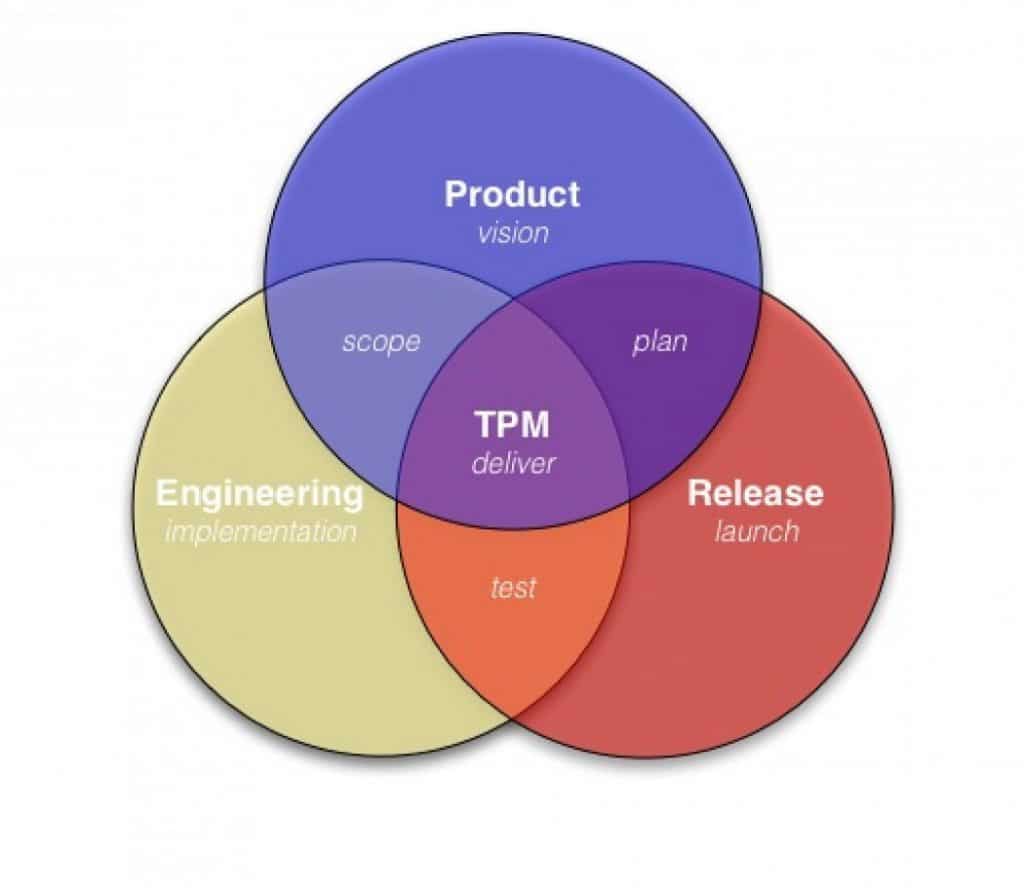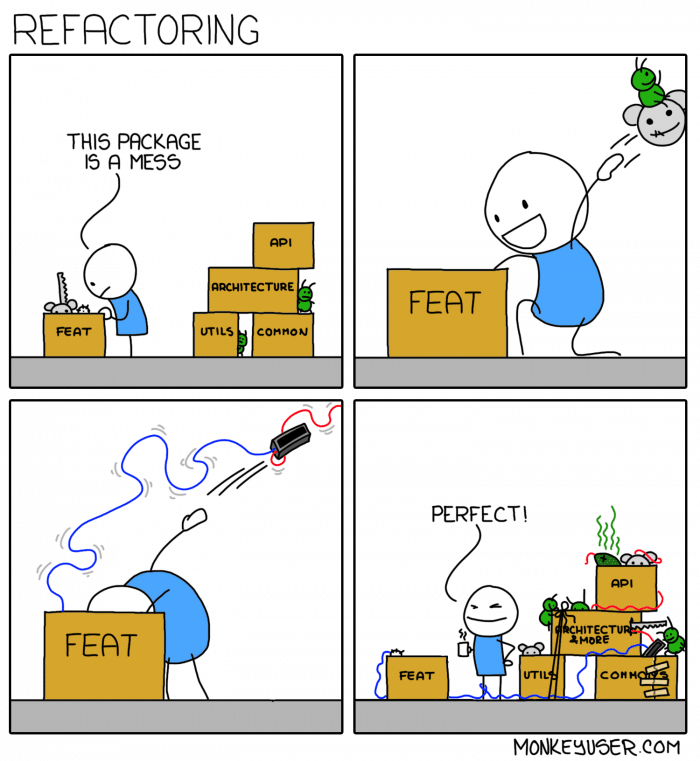
There is a direct correlation between teams that give their engineers autonomy to own their technical decisions and the team’s ability to hire and retain A-class or Senior talent. There is a tradeoff, but an acceptable level of chaos in exchange for a stronger sense of individual/team ownership is usually the right one and leads to higher performing teams in the long run – at least this is what I’ve been seeing if a couple of companies in Indonesia.
So, how to make sure these “chaotic” things are manageable and actually give the benefit to the team?
Continue reading





